1. Diving Horses at Atlantic City

Crowds once packed the Steel Pier in Atlantic City to watch horses leap from platforms nearly forty feet high into pools below. Promoters called it breathtaking, but in truth, the animals were frightened and had no choice in the matter. Riders sometimes sat on their backs during the dives to add drama. Audiences clapped and cheered while the horses endured the stress repeatedly. It lasted for decades before finally being banned in the 1990s. Looking back, it is hard to believe people paid to see animals risk their safety just for applause.
2. Chimpanzee Tea Parties at Zoos
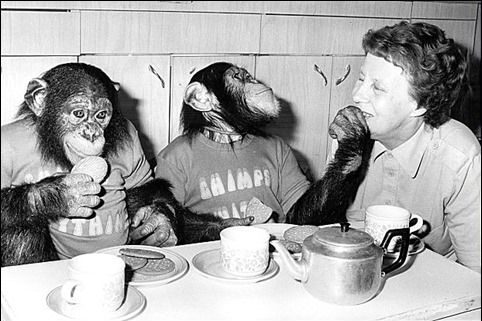
At zoos across America, chimpanzees were dressed in clothing, seated at tables, and made to sip tea or eat snacks in front of large crowds. Children laughed and parents snapped pictures while the animals acted out human behavior they never naturally displayed. Keepers staged these “tea parties” daily, often ignoring how stressed the chimps became under lights and constant noise. For decades, this was a staple attraction, sold as wholesome fun. Now it feels like an embarrassing reminder of how entertainment once ignored animal dignity in favor of a laugh.
3. Gatorland’s “Rookie Wrestler” Show

Florida’s Gatorland was famous for daring alligator wrestling shows, but what shocked visitors most was the chance for tourists to try it themselves. After professionals demonstrated the stunts, rookies were invited into the pit to wrestle live alligators for photos. The idea of climbing on a reptile’s back felt exciting to many at the time, though it put both the animals and the people in danger. Families saw it as a vacation thrill, yet today it seems absurd that anyone thought this was safe or entertaining for either side.
4. Live Animal Vending Machines
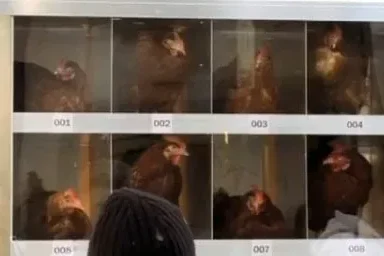
Some malls once allowed vending machines that sold live baby animals. Kids could put in money and receive turtles, fish, or even chicks sealed inside plastic bubbles. Shoppers were amazed by the novelty and often bought them without any idea how to care for them properly. Many of the animals didn’t survive long after leaving the machine. Though it was marketed as fun, it was cruel from start to finish. Looking back now, it is shocking that such machines were ever allowed in places families visited for leisure.
5. Elephant Rides at Fairs
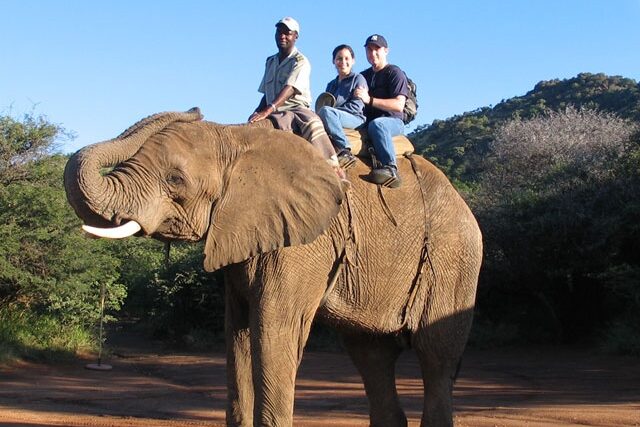
At state and county fairs, elephants were often chained and made to carry children and adults for hours under the hot sun. Organizers promoted it as exciting fun, while families lined up for photos and rides. What they didn’t see was the long-term damage to the elephants’ spines, joints, and overall health. The animals were sometimes beaten into obedience and had little rest. Today, more people understand how unfair it was to treat elephants as carnival rides. Still, many remember the experience tucked into old photo albums.
6. Snake Shows with Human Biting
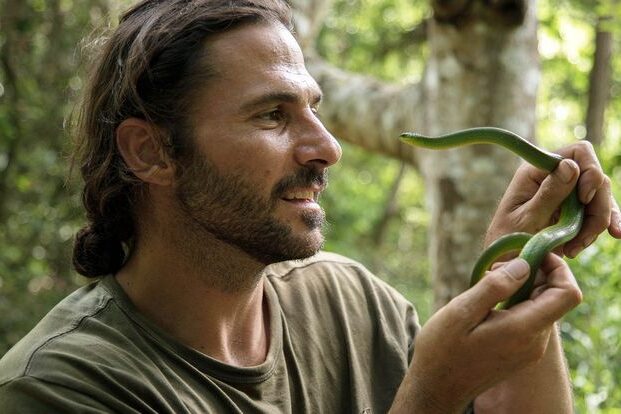
Traveling snake shows once drew crowds with bizarre stunts. Handlers would place snakes close to their faces, kiss them, or provoke them until the snakes struck. Spectators cheered while performers boasted about how many times they had been bitten. While audiences thought it was thrilling, the snakes were often stressed and mistreated, and the performers themselves risked serious injuries. It was entertainment based purely on shock value. Although few would allow such an attraction today, it was once promoted as a highlight of small-town fairs and sideshows.
7. Petting Zoos with Wild Animals
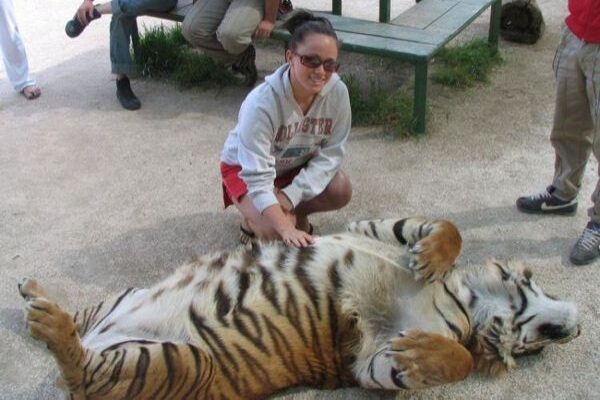
For years, children were allowed to pet wild animals like kangaroos, lions, and even bear cubs in makeshift pens at roadside zoos. Parents saw it as harmless fun, but these animals were often stressed, improperly supervised, and sometimes aggressive. Minor injuries were brushed off as part of the experience, while the animals endured unnatural environments. Families believed they were creating fun memories, but the practice endangered both kids and wildlife. Today, zoos no longer allow such unsupervised interactions, but the memories of those odd encounters remain vivid for many.
8. Bear Baiting Reenactments
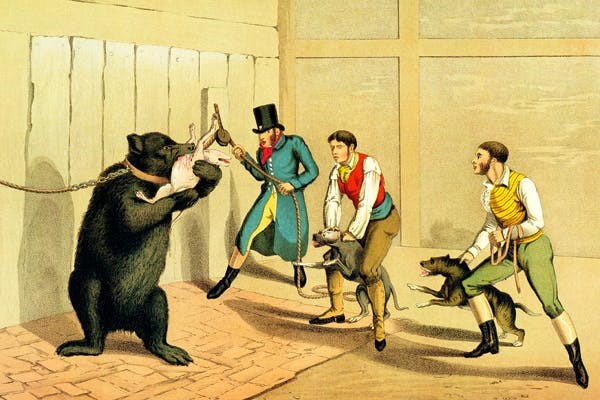
Some rural events once staged bear baiting reenactments, claiming they were educational glimpses of history. Chained bears were placed in arenas with dogs that barked and lunged at them while audiences watched. Organizers insisted it was about tradition, but in reality it was a display of cruelty disguised as heritage. Many people attended for entertainment, treating the event as a spectacle without questioning its harm. Though outlawed now, these events show how slowly attitudes shifted when it came to animals. What was once treated as amusement now feels shameful.
9. Monkey Rodeos
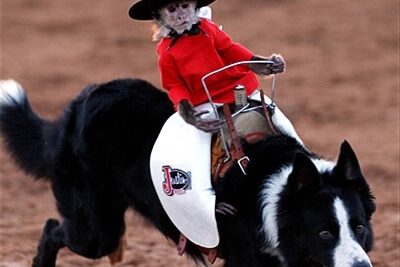
At small fairs and even sports games, monkey rodeos were featured as comic relief. Capuchin monkeys were dressed in cowboy outfits and strapped onto dogs that sprinted around tracks like horses. Families laughed at the sight of tiny “cowboys,” never realizing how much stress the monkeys and dogs endured. It was meant to look playful, but the animals were often confused and frightened. Monkey rodeos carried on for decades, sometimes into the 2000s, before criticism grew louder. They are remembered now as strange examples of how far entertainment once went.
10. Drunk Pig Races
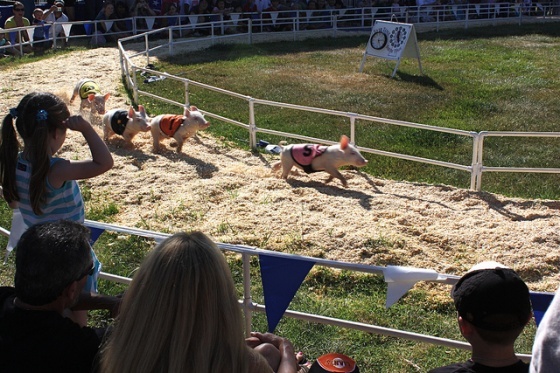
County fairs in some parts of the South once featured pig races with a disturbing twist. Before the race began, the pigs were forced to drink beer so they would stumble around tracks to the laughter of onlookers. Spectators treated it as comedy, cheering at the wobbling animals. In truth, it was a cruel practice that offered no value other than ridicule. The pigs were left stressed and sometimes sick, yet these races were celebrated for years. Today, most would see them as both unfair and unnecessary.
11. Rattlesnake Roundups
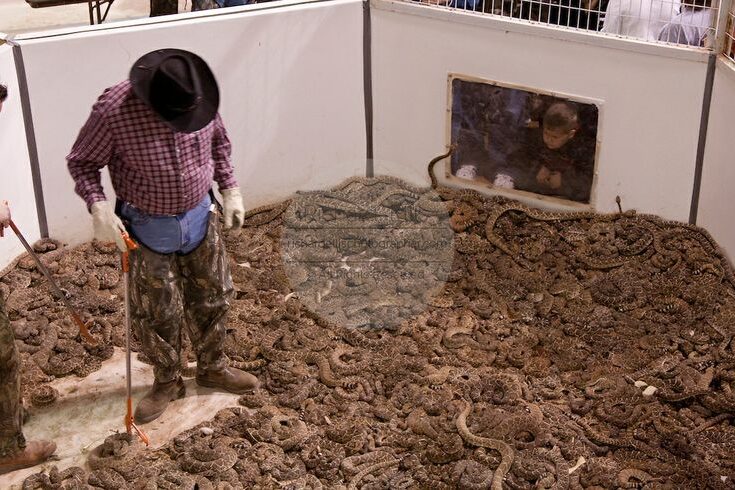
Still legal in a few states, rattlesnake roundups gather hundreds of snakes from the wild to be displayed, handled, or even killed in front of crowds. The events are celebrated as cultural traditions, complete with contests and demonstrations. Critics argue they damage ecosystems and create needless suffering, while supporters claim they honor heritage. For audiences, it is often treated as spectacle. These roundups remain controversial, with pressure growing for them to shift toward nonlethal festivals. The fact they continue today shows how some old attractions linger, even in modern times.
12. Dolphin Selfies in Kiddie Pools

Traveling fairs sometimes included dolphins kept in shallow portable pools, where children could touch them or pose for photos. Families thought it was magical, but the dolphins endured cramped spaces, constant handling, and stress from noisy crowds. The encounters were marketed as unique experiences, yet the animals suffered from lack of care and freedom. Over time, awareness grew, and these attractions faded, but the images remain in many photo albums. They serve as reminders that not all entertainment is harmless, and some memories carry lessons about compassion.
This story 12 Outrageous Animal Attractions That Were Somehow Legal in the U.S. was first published on Daily FETCH


